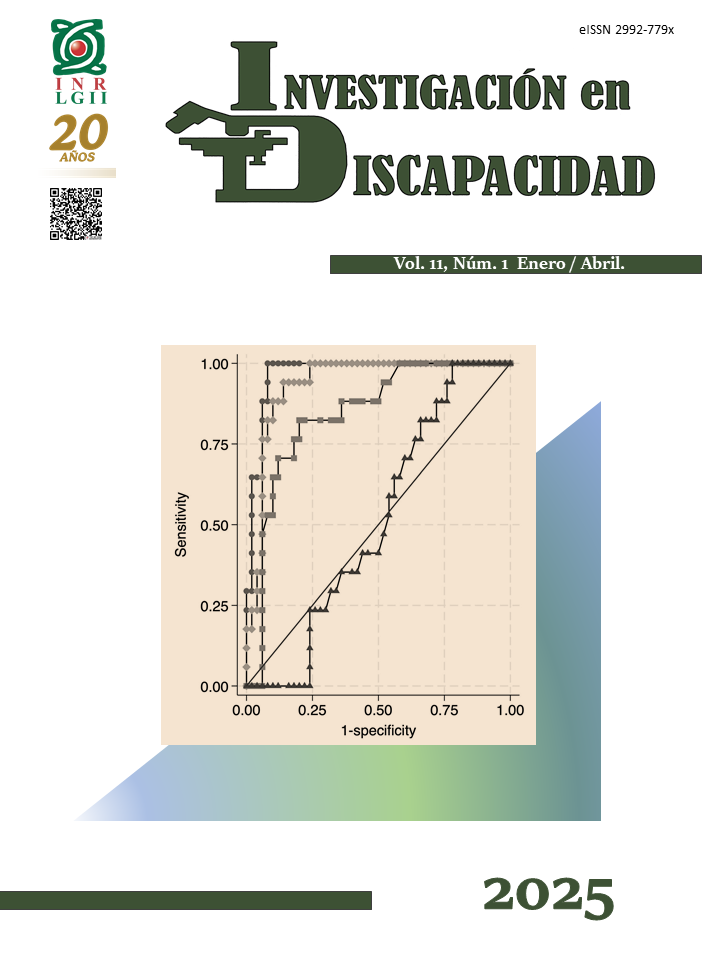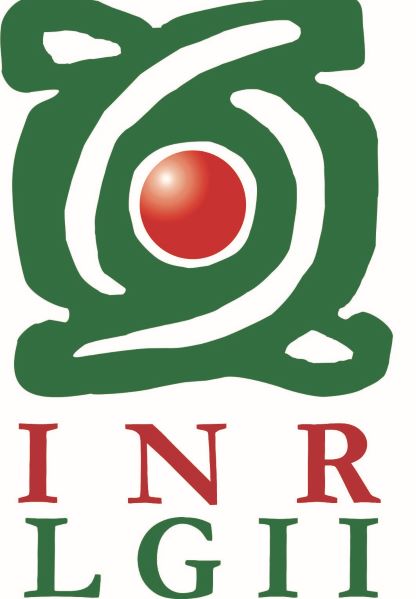Clinical Case. Difficult airway due to burns. Report of two case
DOI:
https://doi.org/10.35366/120413Keywords:
Burn, Dificult airway, Retractable scarAbstract
The difficul airway is a clinical situation in which a person with conventional experience has difficulty ventilatory support with a face mask, difficulty endotracheal intubation, or both. The degree of complexity is related to congenital or acquired factors, even a patient may have a mixture of several of them. Complications related to airway management impact morbidity and mortality during burn treatment. The clinical evaluation prior to the approach is essential to be able to detect the data that can guide the identification of such a situation and prepare by taking the necessary measures to resolve it. However, in about 5% of cases, clinical parameters and laboratory studies can leave us in a gray zone, that is, a point in wich we can’t discern whether or not the air route will be difficult. The sequel left by a burn are associated with preventing an adequete evaluation and can put he patient’s life at risk during the initial treatment of forever in the care of the séquelae.
Publication Facts
Reviewer profiles N/A
Author statements
Indexed in
- Academic society
- N/A
References
- Jeffrey L. Apfelbaum, Carin A. Hagberg, Richard T. Connis, Basem B. Abdelmalak, Madhulika Agarkar, Richard P. Dutton, John E. Fiadjoe, Robert Greif, P. Allan Klock, David Mercier, Sheila N. Myatra, Ellen P. O’Sullivan, William H. Rosenblatt, Massimiliano Sorbello, Avery Tung; 2022 American Society of Anesthesiologists Practice Guidelines for Management of the Difficult Airway. Anesthesiology 2022;136:31–81 doi: https://doi.org/10.1097/ALN.0000000000004002
- Difficult Airway Society Extubation Guidelines Group, Popat, M., Mitchell, V., Dravid, R., Patel, A., Swampillai, C., & Higgs, A. (2012). Difficult Airway Society Guidelines for the management of tracheal extubation. Anaesthesia, 67(3), 318–340. https://doi.org/10.1111/j.1365-2044.2012.07075.x
- Prakash, S., & Mullick, P. (2015). Airway management in patients with burn contractures of the neck. Burns : journal of the International Society for Burn Injuries, 41(8), 1627–1635. https://doi.org/10.1016/j.burns.2015.03.011
- Onah I. I. (2005). A classification system for postburn mentosternal contractures. Archives of surgery (Chicago, Ill. : 1960), 140(7), 671–675. https://doi.org/10.1001/archsurg.140.7.671
- García-Lara, M. Á. (2014). Vía aérea difícil del paciente gran quemado y con secuelas de quemaduras. Revista Mexicana de Anestesiología, 37(S1), 222-225.
Downloads
Published
How to Cite
Issue
Section
License
Copyright (c) 2024 Instituto Nacional de Rehabilitación Luis Guillermo Ibarra Ibarra

This work is licensed under a Creative Commons Attribution 4.0 International License.
© Instituto Nacional de Rehabilitación Luis Guillermo Ibarra Ibarra under a Creative Commons Attribution 4.0 International (CC BY 4.0) license which allows to reproduce and modify the content if appropiate recognition to the original source is given.




